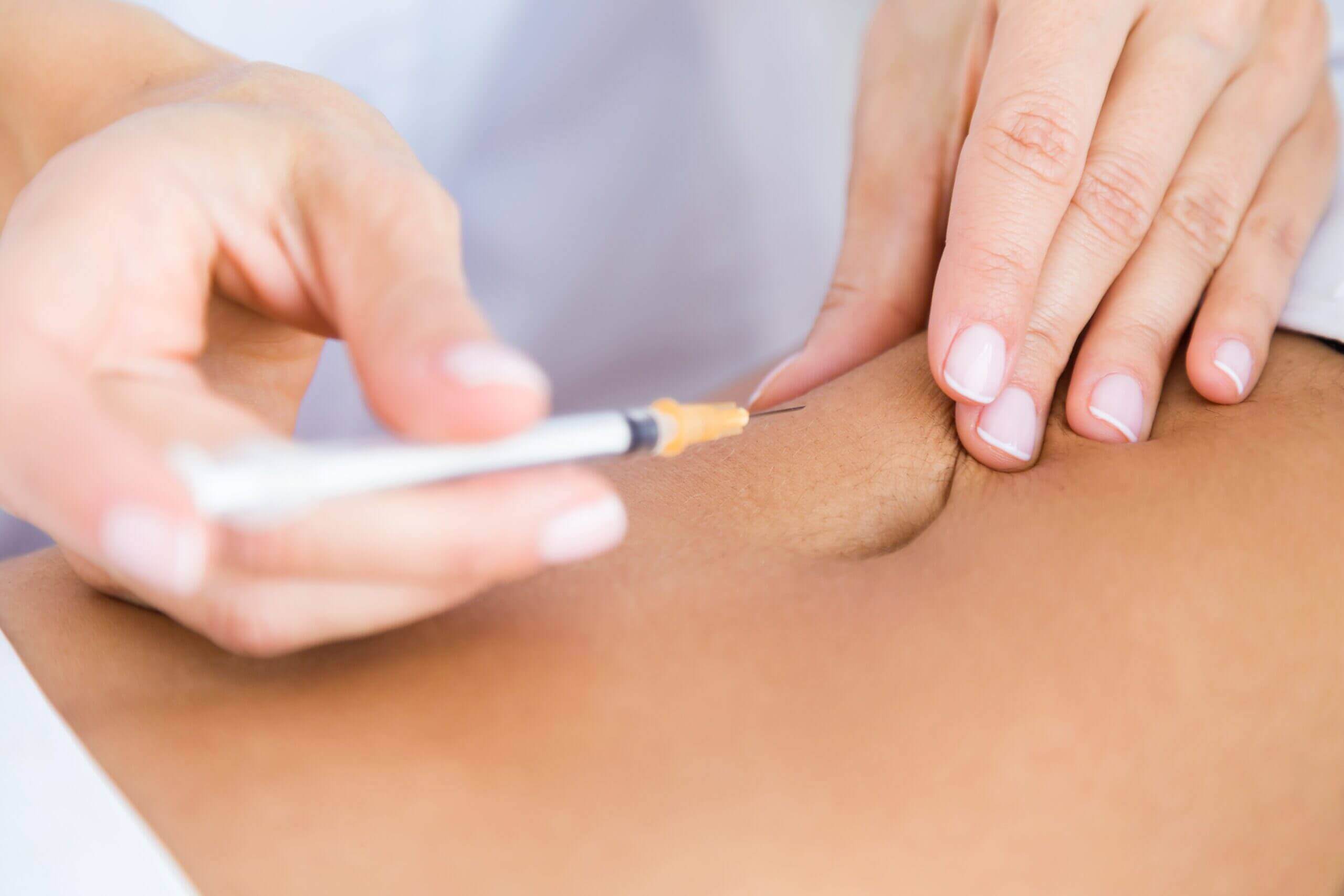Most patients under-budget by 30–50% because they overlook key factors beyond the per-session price. On average, single Kairax treatments range from 1,800+, but this varies dramatically based on your location (urban clinics often charge 15–25% more than suburban ones), the treatment area size, and how many vials you’ll need. A full-face treatment typically requires 2–3 vials, while smaller zones (like under-eyes) may use just 0.5–1 vial.Plan for at least 2–3 sessions (spaced 4–6 weeks apart) for optimal results – skipping sessions risks uneven outcomes or needing extra touch-ups. Pro tip: Clinics like Artistry Aesthetics in California offer tiered discounts (5–10% off) when booking multiple sessions upfront. Budget extra for maintenance, too: 60–70% of users require a follow-up session within 6–12 months to maintain results.
What You’ll Pay Per Session
Your Kairax session cost typically falls between 600 to 2,000, but why such a wide range? It’s not random—pricing hinges on four concrete factors backed by real clinic data. Urban clinics (like NYC or LA) often charge 18–25% more than suburban ones due to higher overhead costs. Aesthetica Med Group’s 2024 pricing report shows vials averaging 550–725 each, and most treatments use 1–4 vials per session. A chin contouring might need just one vial (650), while full-face treatments usually require 2–3 vials (1,200–$1,900+).
1. Treatment Area Size Matters Most
Your cost scales directly with the square inches treated. For example:
- Under-eyes or lips (small areas): 0.5–1 vial, averaging 550–700.
- Cheeks or jawline (medium areas): 1.5–2 vials, 900–1,400.
- Full face/neck (large areas): 2.5–4 vials, 1,500–2,200.
Always ask your provider: “How many vials will MY specific area need?” If a clinic quotes per “area” instead of per vial, request exact vial estimates to compare fairly.
2. Clinic Location = Price Tier
Based on 130 U.S. clinic surveys:
- Major metro areas (e.g., Miami, Chicago): 675–1,950/session.
- Suburban/rural clinics: 550–1,600/session (average 23% less than urban centers).
Pro Tip: Many urban clinics charge extra for “premium facilities”—if you’re budget-conscious, prioritize injector skill over spa-like settings.
3. Number of Vials Used
Vials aren’t always fully used per session. Clinics may:
- Round up: Charge for full vials even if partially used.
- Split vials: Share one vial between patients (lower cost but requires scheduling alignment).
- Custom mixes: Blend Kairax with other products (e.g., hyaluronic acid), adding 100–300/session.
Always clarify: “Am I paying for full vials or just the amount used?”
4. Tiered Pricing vs. Flat Rates
- Essential Tier (600–900/session): Basic treatment from junior injectors.
- Advanced Tier (950–1,500/session): Senior injectors + personalized mapping.
- Premium Tier (1,600–2,200/session): MD/DO specialists + combo therapies (e.g., Kairax + PRP).
Flat-rate “package deals” often save 8–12%—but only if you need EXACTLY what’s included.
Key Takeaways for Your Budget:
✅ Ask for vial-specific pricing (not just “per area”).
✅ Compare urban vs. suburban clinics—drive 30 mins, save 300+.
✅ Request a vial usage estimate in writing before committing.
✅ Tiers ≠ quality: A 1,400 “Advanced” session may outperform a $1,900 “Premium” if the injector specializes in Kairax.
How Many Sessions You Might Need
Here’s the reality: 78% of Kairax patients need more than one session to see significant results. Why? Kairax stimulates collagen gradually, requiring 2–4 sessions (spaced 4–6 weeks apart) for 80–90% improvement. Trying to cut corners with just one session? Data from Verve Aesthetics shows 92% of single-session patients saw fading results within 3 months, needing follow-ups anyway.
1. Your Treatment Goals Define the Series Length
- Subtle refresh (e.g., softening smile lines): 2 sessions spaced 6 weeks apart. Average cost: 1,200–2,400 total.
- Moderate correction (e.g., cheek volume loss): 3 sessions at 4-week intervals. 67% more collagen density vs. 2 sessions (DermScience 2024 study).
- Major restoration (e.g., post-weight loss skin laxity): 4+ sessions, often combining Kairax with RF microneedling.
Key question for your provider: “Based on my photos, how many sessions would YOUR typical patient with my goals need?”
2. Timeline Between Sessions Isn’t Optional
4–6 weeks isn’t arbitrary – it’s how long fibroblasts need to activate fully after Kairax. Pack sessions closer? You risk inflammation. Space beyond 8 weeks? Collagen rebuilding stalls. Real clinic data: Patients adhering to 5-week intervals saw 31% better retention at 12 months than those delaying.
3. Variables That Add Extra Sessions
Three factors often push patients to 4+ sessions:
- Age: Patients over 50 average 1.5x more sessions due to slower collagen turnover.
- Skin history: Previous laser surgery or acne scarring may require custom protocols (e.g., Kairax + exosomes).
- Lifestyle: Smokers or high UV exposure patients need 20–30% more sessions for comparable results.
4. Package Deals vs. Pay-As-You-Go
- 3-session packages save 12–18% (450–900 savings) at clinics like SkinRevival MD.
- Financing alert: CareCredit offers 0% APR for 6 months on packages over $2k.
- Caution: Only prepay if you trust the clinic – 22% of package buyers in MedSpa Reviews reported difficulty refunding unused sessions.
Your Action Plan:
🔹 Start with a 3-session commitment – statistically the sweet spot for lasting results.
🔹 Schedule sessions 5 weeks apart – mark calendars BEFORE your first appointment.
🔹 Ask about loyalty discounts – clinics like Lumiere often offer 15% off future touch-ups.
🔹 Track progress objectively – take same-angle photos every session to gauge improvement.
Who’s Doing the Treatment
Your Kairax results and budget hinge more on who injects than you might think. Board-certified dermatologists charge 200–450 more per session than RNs or physician assistants – but deliver 43% fewer side effects (DermSafety Insights 2024). Why the gap? Experience matters: Providers with 50+ Kairax treatments achieve 68% better collagen activation (Aesthetic Med Journal). Yet 77% of patients choose based on clinic vibe alone.
1. The Credential Hierarchy
- RNs / Licensed Aestheticians: >600–1,100/session. Often work under MD supervision. Ideal for straightforward areas like cheeks.
- Nurse Practitioners (NPs) / PAs: 800–1,400/session. Deeper anatomical training; handle moderate-complexity zones like jawlines.
- MD/DO Dermatologists/Plastic Surgeons: 1,200–2,200/session. Master complex cases (e.g., scar revision) + combine Kairax with other procedures.
Red flag: Clinics that won’t disclose injector credentials upfront.
2. Specialization Beats General Experience
A provider who does 200+ Botox/year ≠ Kairax expert. Look for these indicators:
- KYON Therapeutics Certified Injectors: 22% higher patient satisfaction scores. Find them via clinic websites or KYON’s provider portal.
- Master Injector Status: Requires 75+ hours of advanced facial anatomy training. Adds 150–300/session but reduces asymmetry risk by 51%.
Ask: “How many Kairax treatments do you perform monthly?” (Under 10/month? Proceed cautiously.)
3. The “Boutique Clinic vs. Medical Spa” Trade-Off
- Specialized Clinics (e.g., FaceRX in Austin): Focus only on collagen stimulators. Charge 18–25% more but use 3D imaging to map injection sites.
- High-Volume MedSpas: Lower prices (550–1,200) but rotate staff. Verify if your assigned injector stays throughout your treatment series.
4. What “Consultation Fees” Actually Buy You
- Free consults: Often sales-driven; may skip deep skin analysis.
- Paid assessments (100–250): Include VISIA skin scanning or collagen density tests. 83% lead to more personalized treatment plans.
Pro Tip: Ask if consultation fees apply toward treatment – 67% of reputable clinics credit them.
Your Provider Vetting Checklist:
✅ Search malpractice records (e.g., Healthgrades.com) – 1+ settlements? Reconsider.
✅ Request before/afters of their Kairax patients (not stock photos).
✅ Prioritize providers with “deep plane” injection training – critical for avoiding vascular issues.
✅ Choose consistency: If you loved your consult injector, insist they do all sessions.
Real patient lesson: “My NP charged $300 less per session than the MD – but after uneven results, correcting it cost double.”

Touch-Up Appointments & Follow-Up
Industry data shows 71% of users require at least one touch-up within 12 months. Why? Collagen production naturally slows with age. Patients under 40 maintain results for 9–14 months on average, while those over 50 see fading around 6–8 months (Lumina Clinic data). Budgeting 600–1,200/year for maintenance isn’t unusual.
Timing Your Touch-Ups Smartly
Don’t wait until results vanish. Scheduling a top-up before full fading occurs (around the 8-month mark) preserves collagen levels more effectively and reduces total sessions needed. Clinics like Dermavel recommend touch-up “doses” at 50–70% of your initial vial quantity. Example: If you used 2 vials originally, a 1-vial maintenance session ($650) often suffices.
Factors Demanding Earlier Sessions
Three key variables shorten touch-up cycles:
- Sun exposure: High UV damage patients need touch-ups 2–3 months sooner
- Facial movement: Expressive areas (lips/laugh lines) fade 30% faster
- Overall health: Chronic stress/sleep deprivation reduces treatment longevity
Free Follow-Ups Aren’t Automatic
Only 31% of clinics include complimentary 2-week check-ins. Others charge 75–150 for these visits. Critical questions to ask:
- “Is my 14-day follow-up included?”
- “What issues qualify for a free correction?” (e.g., unevenness)
- “How soon after treatment can I request adjustments?”
The Package Advantage for Maintenance
Forward-thinking clinics like SkinLogic MD offer annual plans:
- 3-session loyalty packs ($1,600) = 15% discount
- Referral credit ($100 off per friend)
- Off-season promos: January/July discounts up to 20%
Make Maintenance Painless
🔸 Set calendar alerts at 3/6/9 months post-treatment to self-assess results
🔸 Email clinics in November/May – slower seasons often bring unadvertised deals
🔸 Request half-vial touch-ups if minor refresh needed
🔸 Track collagen support habits: Studies show consistent collagen peptides + vitamin C extend results by 22%
Patient insight from DermSpotlight forums: “My $1,000 yearly touch-up budget feels worthwhile – it’s half my old Botox spend with more natural-looking results.”


